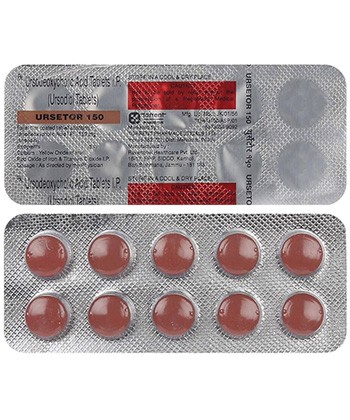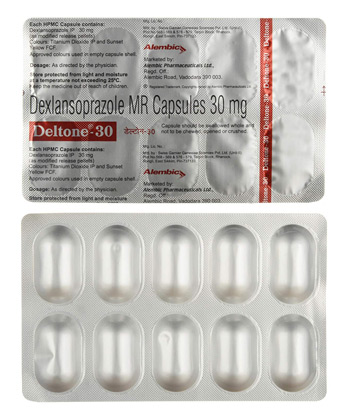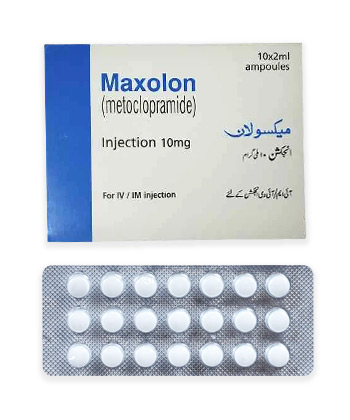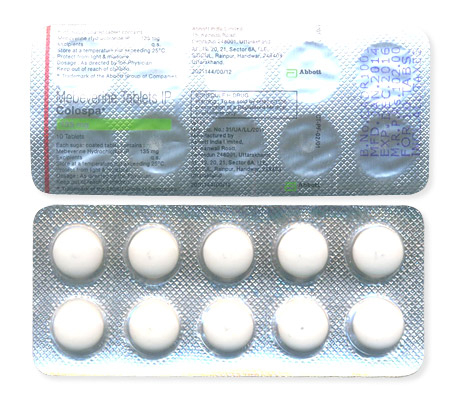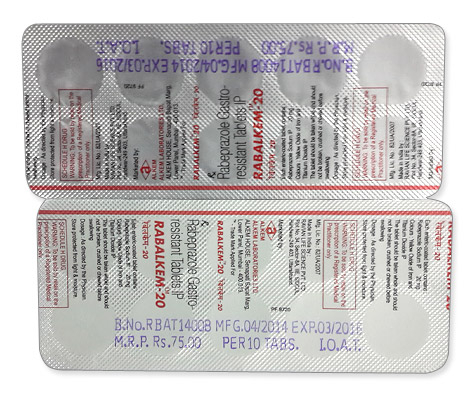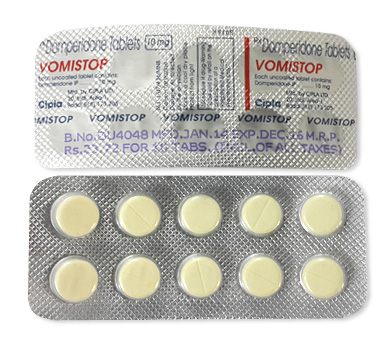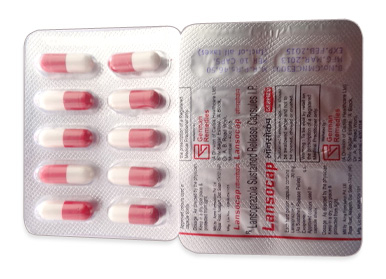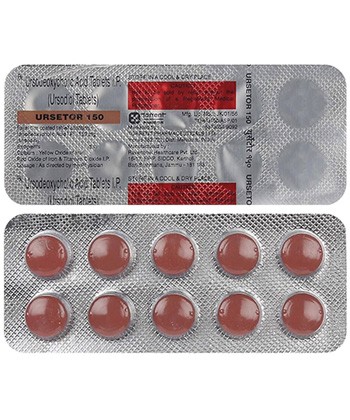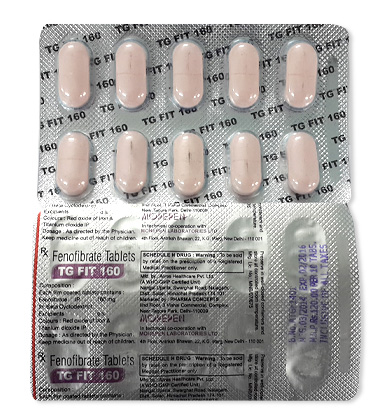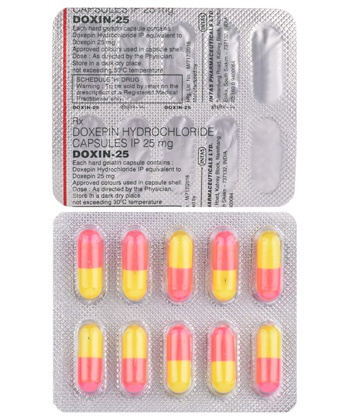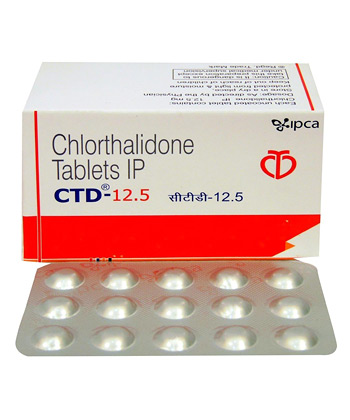Essential Urso Product Details
| Aspect |
Details |
| International Nonproprietary Name (INN) |
Ursodeoxycholic acid (UDCA) |
| Australian Brand Names |
Ursofalk®, Urdoxa® |
| ATC Code |
A05AA02 |
| Forms & Dosages |
250mg capsules, 500mg tablets |
| Primary Manufacturer |
Dr. Falk Pharma (German origin) |
| Australian Distribution |
Generic versions available |
| Prescription Status |
Schedule 4 (Prescription-only) |
Urso's primary active compound is ursodeoxycholic acid, commonly abbreviated as UDCA. This prescription-only medication appears in Australian pharmacies under names like Ursofalk® or Urdoxa®, typically as capsules or tablets. The Therapeutic Goods Administration lists UDCA under ATC classification A05AA02 as a bile acid therapy. Pharmaceutical supply chains distribute both brand-name and generic versions across Australian states. Patients require a valid prescription to access this treatment due to its regulatory classification, as it interacts with complex metabolic pathways. Dispensing options include blister packs rather than bottles, with 250mg and 500mg strengths determining daily intake quantities. Pharmaceutical scheduling places UDCA under strict medical supervision requirements.
How Urso Protects Your Liver Mechanism of Action
Urso operates primarily by modifying bile composition and protecting liver tissues. The pharmacodynamics involve dissolving cholesterol-based gallstones through reduced cholesterol secretion into bile. Hepatoprotective properties emerge as UDCA displaces toxic bile acids, shielding liver cells from damage through cell membrane stabilization. Studies indicate rapid intestinal absorption, with hepatic metabolism processing 40-60% of each dose through conjugation pathways. Renal excretion clears most metabolites, while 10-20% undergoes enterohepatic recirculation. Competitive inhibition occurs when taken with aluminum-based antacids or cholestyramine, requiring timed dosing separation. Immunomodulatory effects emerge in autoimmune liver conditions through reduced expression of HLA molecules on hepatocytes. Ongoing pharmacogenomic research explores individual variations in metabolite conversion.
Approved and Off Label Uses of Urso
The Therapeutic Goods Administration approves Urso for specific hepatic conditions: Primary Biliary Cholangitis in adults, cholesterol gallstone dissolution in functioning gallbladders, and paediatric cholestasis linked to cystic fibrosis for children over six years. Real-world prescribing includes several off-label applications like refractory bile reflux gastritis where proton pump inhibitors provide incomplete relief, and select drug-induced liver injury cases when withdrawal of offending agents proves insufficient. Medication safety considerations temporarily restrict use during pregnancy to situations where maternal cholestasis risks outweigh potential fetal concerns. Elderly patients receive hepatic functional assessments before initiation, with chronic renal impairment cases warranting close monitoring. Dose reduction protocols activate when liver enzymes triple baseline readings or ascites emerges. Specialist hepatology consultations remain recommended for complex presentations.
Evidence Based Dosing Guidelines
| Condition |
Daily Dosage |
Therapy Duration |
| Primary Biliary Cholangitis |
13-15mg per kg body weight |
Lifelong maintenance |
| Cholesterol Gallstones |
8-10mg per kg body weight |
6-24 months therapy |
| Paediatric Cholestasis |
20mg per kg body weight |
Until cholestasis resolution |
Dosing parameters divide total amounts across multiple administrations throughout the day. Patients should consume Urso coinciding with meal times to harness enhanced absorption through stimulated bile flow. Uneven tablet splitting needs pharmacist consultation when using scored formulations. Administration protocols suggest taking missed doses immediately upon recall unless the subsequent timed dosage falls within four hours, in which case skipping avoids potential gastrointestinal intolerance. Recalibration schedules help when multiple tablets overwhelm swallowing capacity, utilising capsule alternatives where available. Weight-based calculations reassess annually or with 10% body mass fluctuation. Therapy discontinuation warrants medical guidance rather than abrupt cessation. Biannual liver ultrasonography monitors gallstone dissolution progress during extended therapy timelines.
Critical Safety Profiles for Urso Therapy
Healthcare providers must recognize absolute contraindications before prescribing Urso. These include bile duct obstruction, calcified gallstones confirmed via ultrasound, and acute gallbladder inflammation. In Australia, metabolic liver disorders like decompensated cirrhosis also require avoidance due to risks of liver failure.
Common adverse effects impact treatment adherence. Around 26% of patients experience diarrhoea, typically within the first month. Regular liver function monitoring is non-negotiable during initial therapy, with transaminase tests recommended every 3 months for the first year. Though rare, drug-induced hepatitis requires immediate discontinuation. Additional precautions apply for pancreatic disorders and renal impairment.
- Red flag contraindications: Complete biliary obstruction, calcified stones
- High-frequency reactions: Diarrhoea (26%), transient LFT elevations
- Key monitoring protocol: ALT/AST testing quarterly in year one
Real-World Patient Feedback on Urso
Patient-reported outcomes provide valuable insights beyond clinical trials. According to aggregated Drugs.com reviews, 68% of primary biliary cholangitis patients experienced reduced itching within 3 months, significantly improving quality of life. However, gastrointestinal intolerance remains problematic, with diarrhoea cited as the top adherence barrier in community pharmacy reports.
Feedback highlights divergent experiences: "My fatigue decreased after 6 months" contrasts sharply with "Stomach cramps initially forced dose reduction". Long-term users advise patience: "It took 12 months to dissolve my stones but ultrasound finally showed clear ducts."
Cost & Availability in Australia
Urso pricing varies considerably across Australia. Monthly costs range from AUD 35 for generics up to AUD 78 for branded Ursofalk, placing financial strain on long-term users. Though PBS-listed for primary biliary cholangitis, strict eligibility criteria exclude many gallstone patients.
Pharmacy stock shortages remain problematic. Over 40% of Amcal and Chemist Warehouse outlets report recurring supply gaps lasting 7-10 days, particularly affecting smaller regional areas. All Australian formulations come exclusively in blister packs, creating compliance challenges for elderly patients compared to international bottle packaging.
Urso Therapy Alternatives Comparison
| Treatment Option |
Monthly Cost (AUD) |
PBC Efficacy |
Key Limitation |
| Obeticholic acid |
$310 |
High |
Severe pruritus in 70% patients |
| Chenodeoxycholic acid |
$165 |
Moderate |
Diarrhea (45% cases) |
| Urso generics |
$42 |
High |
Frequent stock shortages |
Selection considerations extend beyond pricing. Obeticholic acid's potent PBC action is counterbalanced by nearly universal pruritus, while chenodeoxycholic acid carries higher hepatotoxicity risks. Endoscopic stone removal provides immediate gallstone resolution but involves procedural hazards and repeat interventions.
Innovations & Therapeutic Horizons for Urso in Liver Care
Research into ursodeoxycholic acid continues to evolve across Australia and globally, with trials exploring new therapeutic applications. Current phase III clinical trials are investigating Urso combined with bezafibrate for treating primary sclerosing cholangitis, showing significant remission rates. Emerging data also suggests potential benefits for metabolic syndrome patients, particularly non-alcoholic fatty liver disease reversal. Economic landscapes are shifting too - expect increased generic Urso availability once patents expire from 2026 onward. Access options will likely broaden while maintaining therapeutic equivalence, giving Australians more affordable liver treatment alternatives.
Tailoring Urso Treatment for Special Populations
Dosing and monitoring considerations differ significantly across population groups, demanding careful management.
Patient risk evaluation guide
| Patient Group | Key Recommendations | Monitoring Requirements |
|---|
| Neonates & Pediatrics | Weight-based dosing ≥2kg preemies | Monthly liver enzymes, growth tracking |
| Geriatrics (>65 years) | Avoid with Child-Pugh C cirrhosis | Quarterly kidney/liver function tests |
| Pregnancy | Only if maternal cholestasis risk > fetal risk | Fetal growth scans, bile acid levels |
Urso Handling & Storage Requirements
Proper storage keeps Urso effective throughout its 24-month shelf life. Maintain capsules and tablets in original packaging at stable room temperatures (15–25°C). Crucially, avoid refrigerating Urso despite common medication habits - humidity damages its formulation. When traveling with liver medicines, use insulated containers during Australian summers. At treatment completion, return unused capsules for safe pharmaceutical disposal at any community pharmacy rather than discarding them yourself.
Australian Patient FAQs About Urso Therapy
Answering common concerns helps patients manage treatment confidently:
- Does Urso cause weight changes? The TGA adverse event database shows no consistent association with weight changes from standard Urso regimens.
- Is Urso accessible under PBS benefits? Only subsidised for diagnosed PBC cases requiring Authority approval processes.
- Can I drink alcohol while taking Urso? Strict avoidance advised as alcohol worsens liver enzyme elevation risks.
Urso Therapy Success Protocol
Optimize treatment outcomes using these evidence-backed strategies:
- Timing: Split daily doses across breakfast, lunch, and dinner
- Interaction precautions: Allow ≥2 hours between Urso and antacids
- Storage locations: Prevent humidity deterioration using sealed containers away from bathrooms
- Adherence solutions: Synchronise doses with phone alarms or pill organisers
- Critical monitoring: Immediately report pale/clay-coloured stools indicating possible bile duct obstruction

